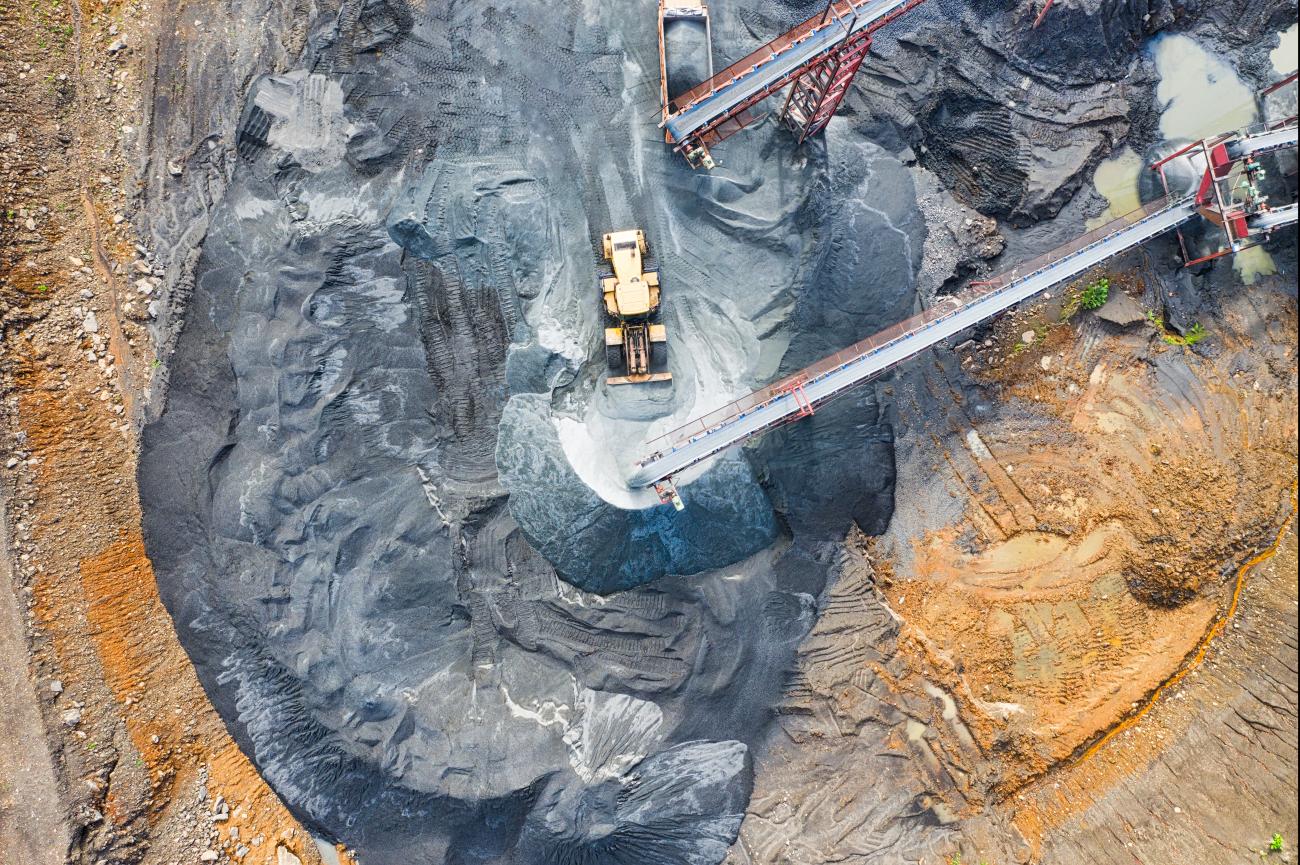The dark pits and twisted tunnels of the mining industry have throughout history evolved and was one of the first industries to embrace the mechanical innovations of the industrial revolutions. The atmospheric steam engine, invented by the British inventor Thomas Newcomen, was brought to life in the tin mines of Cornwall. Other inventions, such as Alfred Nobel’s experimentations with nitroglycerin and kieselguhr, created the rock shattering explosive power of dynamite and was exported to mines across the world in 1867. Therefore, it is not surprising that the mining industry is once again acting like a petri dish of agar jelly for technological and digital change. It is no coincidence, those big ideas and renewed interest in space travel and deep-sea exploration are driven by the pull of mining interests. The demand for minerals and materials will become more pressing with the electrification of the world economy and as such, mines will need to continue to embrace new technologies. So what technologies are currently being used to modernise the mining industry? Where will the future frontiers of mining extend?
The mining industry is increasingly adopting the immense processing power of real-time data, implementing machine learning, utilising advanced process control and connecting these multiple systems with the internet of things. This is making mining more efficient, productive and reducing the risks to human capital. For example, the use of real-time methane receptors or rock movement sensors in mines can help mitigate against and avoid possibly dangerous hazards. Additionally, IoT has allowed for mines to improve on their emergency response, as equipment communicates and identifies areas affected by rock collapses. Eleonore Gold Mine in Canada has installed IoT monitoring systems, with sensors and real-time tracking and control of equipment. This allowed them to cut energy costs on ventilation by $2 million per year (Baenwold L, Lottermoser B 2020. p 756). Everything from the rock crunching machinery, GPS coordinated autonomous trucks and the humming conveyor belts, are using more advanced robotics and automated technology. The large industrial warehouses, so synonymous with industrial towns, which use to house mountains of spare parts are now being replaced by a few smart 3D printers. Once heavy and expensive expeditions for surveying possible mineral deposits are now being improved through satellite imagery and better geological techniques. However, what are the challenges to this swift technological and digital transition?
Firstly, it is thought that 37% of leading executives have insufficient knowledge of digital trends (Baenwold L, Lottermoser B 2020. p753). As a result, some mines are slow to grasp the benefits of implementing digitalisation into their mines. This is a major challenge and is why executives need to continuously engage in conversations and communicate within their industries. Another challenge is that mines tend to be in remote areas with insufficient digital infrastructure. As well as this, it has emerged that larger mining firms are more ready to implement new technologies than smaller firms, this is despite many of these technologies being relatively cheap compared to the capital requirements of running a mine. Despite recent improvements in the uptake of digital and robotic technologies, mining still remains comparatively low on the OCED digital index study and has a lot more room to improve. On balance, emerging technological advancements in deep-sea mining equipment are set to transform conventional mining, with places like the Clarion Clipperton Zone (CCZ) in the Pacific, expected to hold more nickel, cobalt and magnesium than all known terrestrial deposits put together (The Economist, 2018). Equally, the space race among private and public interests (Space X, Blue origin etc) is a race for the mineral rights of galactic mining.
Overall, just as the mining industry led the innovations of the first industrial revolution, it is well placed to contribute to the fourth industrial revolution. There are challenges but it is only a matter of time until the mining industry adopts the unstoppable force of digitalisation. We may be a decade away from wide-scale deep-sea mining or four decades away from the galactic mines we envision on the moon but eventually just as with all human endeavours, its time will come, maybe sooner than we think.
Written by Henri Willmott, Content Manager

